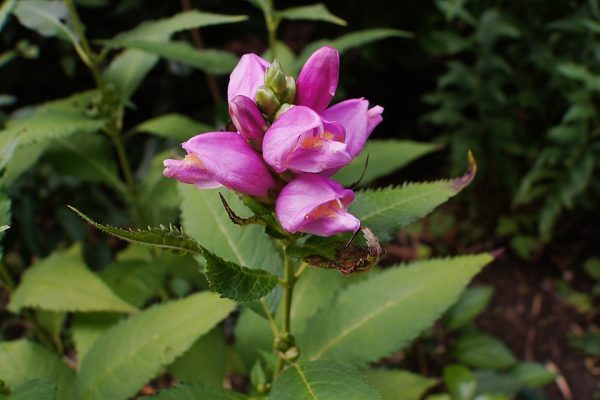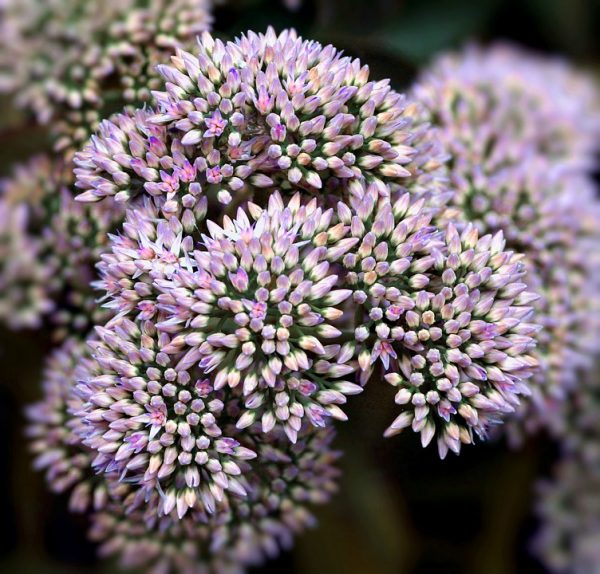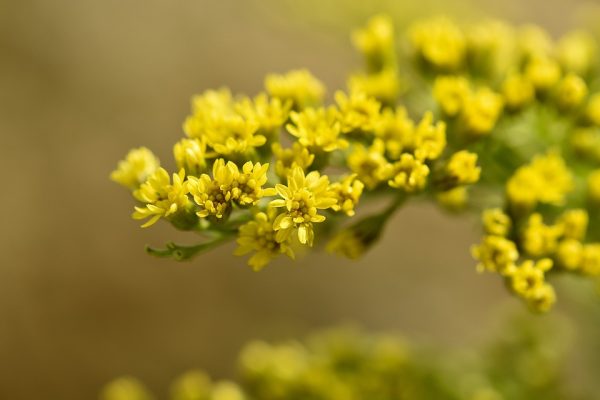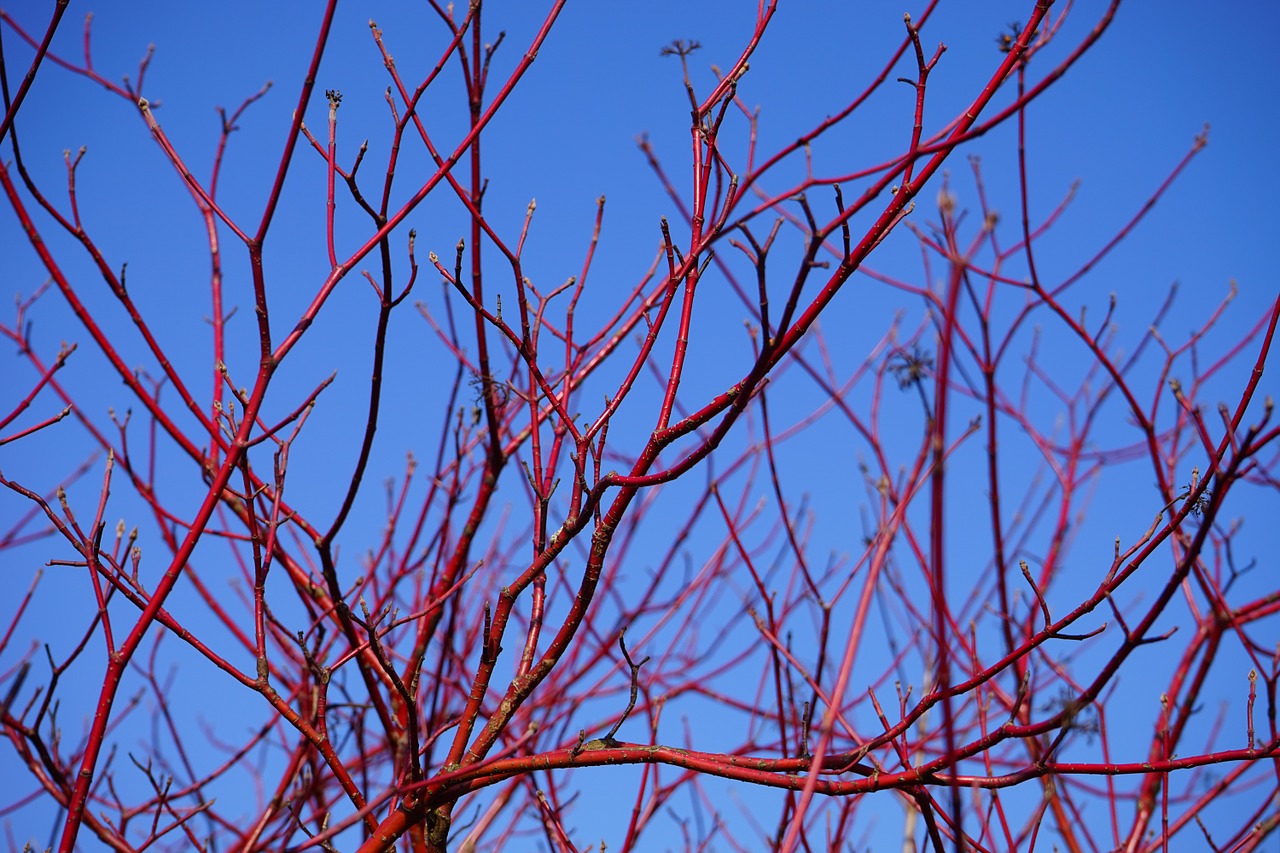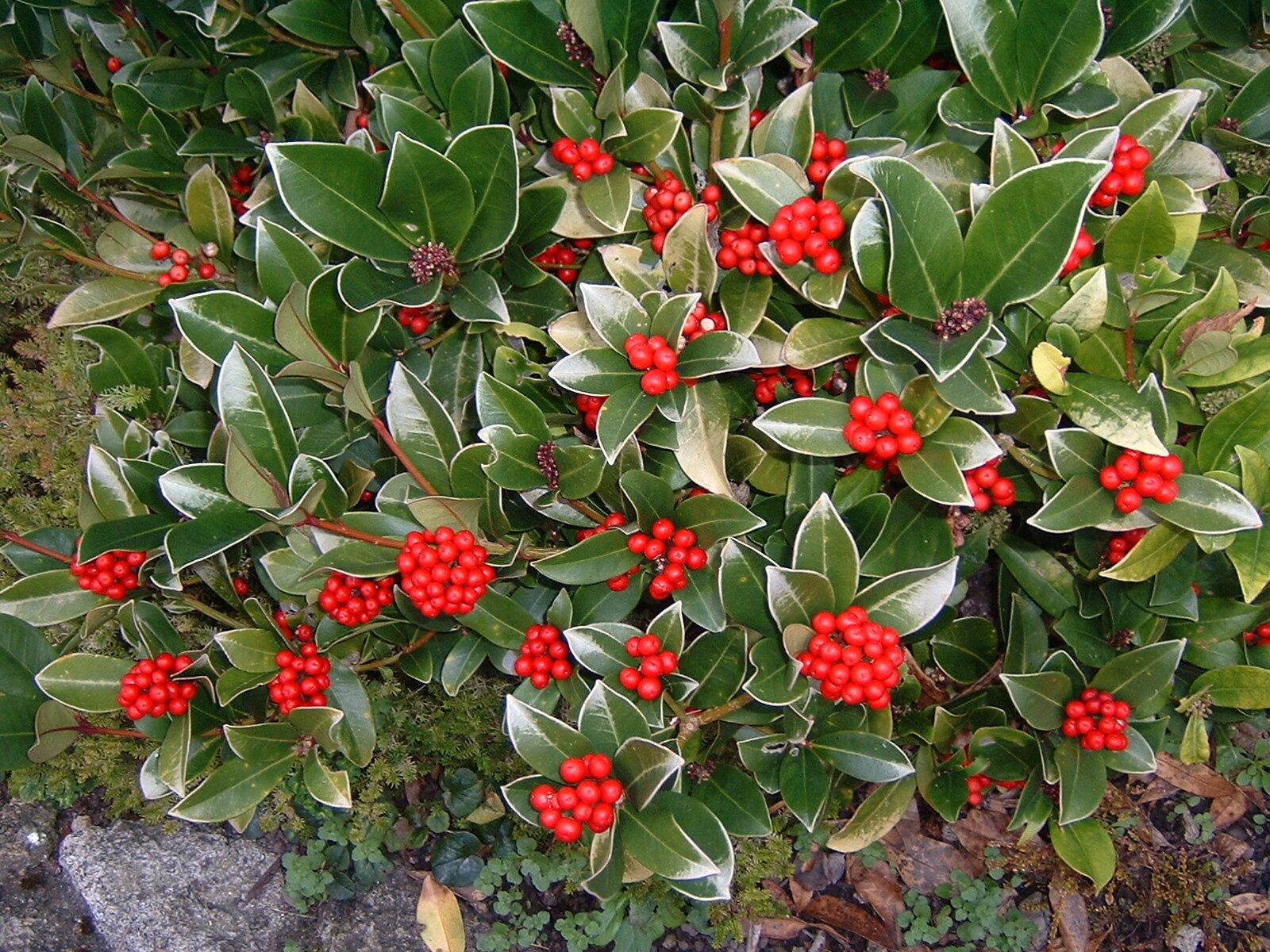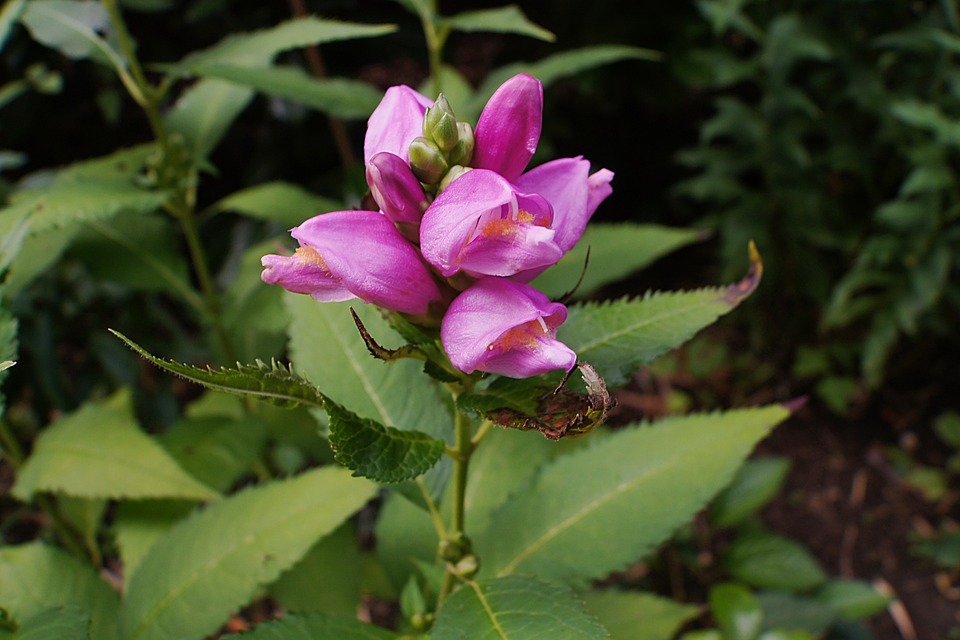Add Some Color to your Labor Day Weekend Bash
It’s not too late for you to get a few pots of flowers or plants to brighten up your deck, patio, or pool area for Labor Day Weekend. Even if you’re not hosting a party yourself, if are attending someone else’s, fresh plantings allow you to create a special hostess gift, like a bouquet from your very own garden.
These Deck and Patio clients (immediately above) wanted some color as they and guests move from one patio up to another. Note the bright red Anemones on the left and yellow Coneflowers on the right. With lots of additional green ferns, the natural stone steps feel like a true nature walk.
Here’s a nice close up of coneflowers. Also known as aka Echinacea, thee are perfect for summer into fall. Native to our neck of the woods, they thrive in our climate. Not to mention, butterflies love them in case any Monarchs are passing by. They come in pink (like our feature photo above, red, orange, white and yellow.
As you can see from this photo, you don’t require a resort to add a few pops of color. Here, it’s just a simple wooden bench that becomes celebrated by hanging a few planters on a complementary brown wood fence.
Honorine Jobert offer bright yellow hearts and are a great choice to plant mid-to-late August. The Windflower will bloom through October and it prefers shade-to-partial sun, and moist, well-drained soil.
Chelone, (aka Turtlehead) boasts purple/red flowerings; it also does well in both shade and sun.
Sedums like the “upright” like Autumn Joy, as well as Asters, are also great choices. These prefer sun and are available in many different varieties and shades of pink and purple.
“It’s easy to make a splash this Labor Day weekend with bright plantings around your property,” says Dave Stockwell. “These ideas for adding color and beauty will not only make Labor Day Weekend entertaining colorful, but the impact will last well into the fall.”






